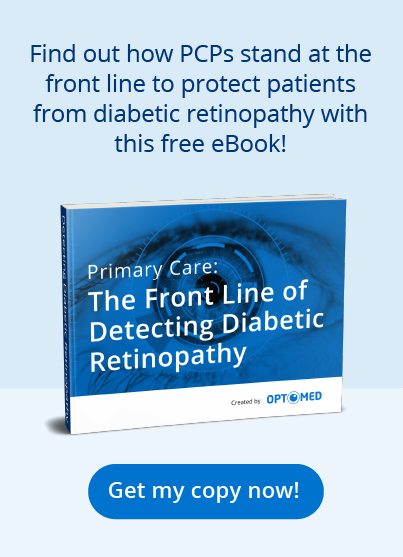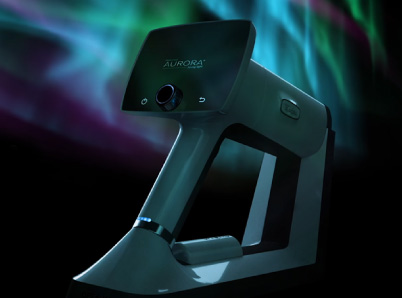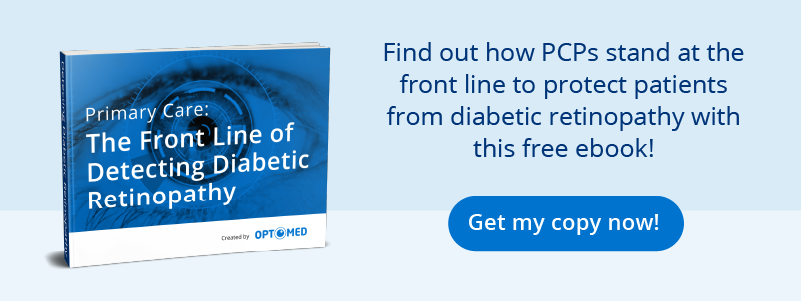Innovation in fundus imaging is enabling primary care physicians (PCPs) to add eye screenings for tens of millions of diabetic patients and increase Healthcare Effectiveness Data and Information Set (HEDIS) scores. Diabetic retinopathy is the leading cause of vision loss in adults aged twenty to seventy-four. Epidemiologists estimated that in 2010, one-third of the 285 million diabetics worldwide had detectable signs of diabetes blindness, and one-fourth of those had vision-threatening diabetic retinopathy (VTDR), defined as the presence of macular edema or severe proliferative or nonproliferative diabetic retinopathy.
The statistics are no more heartening for the United States. The National Eye Institute of the NIH states that diabetic retinopathy is the most common cause of blindness in US working-age adults, and an estimated 4.2 million Americans have diabetic retinopathy. The risk of severe vision loss can be reduced by 90% or more with timely intervention, but over the last three decades, fewer than half of the 29.1 million Americans who have diabetes receive annual eye screenings.
Optomed moves early detection of retina issues to primary care.
PCPs help their patients control hyperglycemia and hyperlipidemia, which contribute to diabetes blindness. PCPs are in a unique position to address metabolic memory, an engine for the deceleration of diabetic retinopathy that lasts long after the intervention has ceased. They can provide vital patient education that increases the acceptance of diabetic screenings to prevent diabetes blindness. PCPs will make referrals to specialists for diagnosis and treatment. With tools from Optomed, they can make these referrals in a timely fashion.
Optomed enhances regulatory compliance while enhancing revenues from primary care practice.
Optomed provides PCPs with an additional way to expand their billable services and improve metrics for HEDIS requirements.
Primary care providers find that adding retina screenings for diabetic patients in primary care practice leads to the detection of previously undiagnosed retina issues in dozens of patients. Optomed opens the way for primary care patients to receive timely and high-quality retina care and creates a new revenue stream for medical practices.
Some Medicare administrative contractors issue local coverage determinations that specify indications and limitations of coverage. Specific indications for Medicare coverage may vary by contractor.
For purposes of HEDIS, the National Committee for Quality Assurance equates screenings for diabetic retinopathy and hypertensive retinopathy, even though the two diagnoses, when made by the ophthalmologist, will be clinically different. Screenings without mydriasis are considered HEDIS compliant if there has been a screening with dilation by an ophthalmologist in the last two years.
The Optomed Aurora offers fundus imaging without the need for mydriasis at the most stringent standard of care. It provides a 50-degree field of view and a 4-inch image. It creates images of both the retina and the anterior of the eye and is internet-compatible. Another advantage for group practices seeking to serve their diabetic patients in new ways and to enhance revenues is that it is scalable.
The Optomed Aurora is especially cost-effective in group practices because it is a handheld screening device that can be shared by multiple physicians and support staff and traveled with. Group practices and PCPs who practice at multiple locations can offer retina screening everywhere they see patients.
Getting started with the Optomed Aurora is easy. It is designed to be used by PCPs and primary care staff. Learning how to use the Optomed Aurora takes just a few easy training sessions.
Screening for retina disease takes less than ten minutes. Our experience suggests that the overwhelming majority of diabetic patients who are screened with the Optomed Aurora have enhanced opportunities for timely interventions that can reduce the risk of diabetes blindness.
Here at Optomed, our mission is to help save the vision of millions of people. By integrating our software and artificial intelligence solutions with our camera, we enable eye screening for everyone, wherever they are. To see how we can equip you to save the sight of more patients, schedule a free consultation today!



